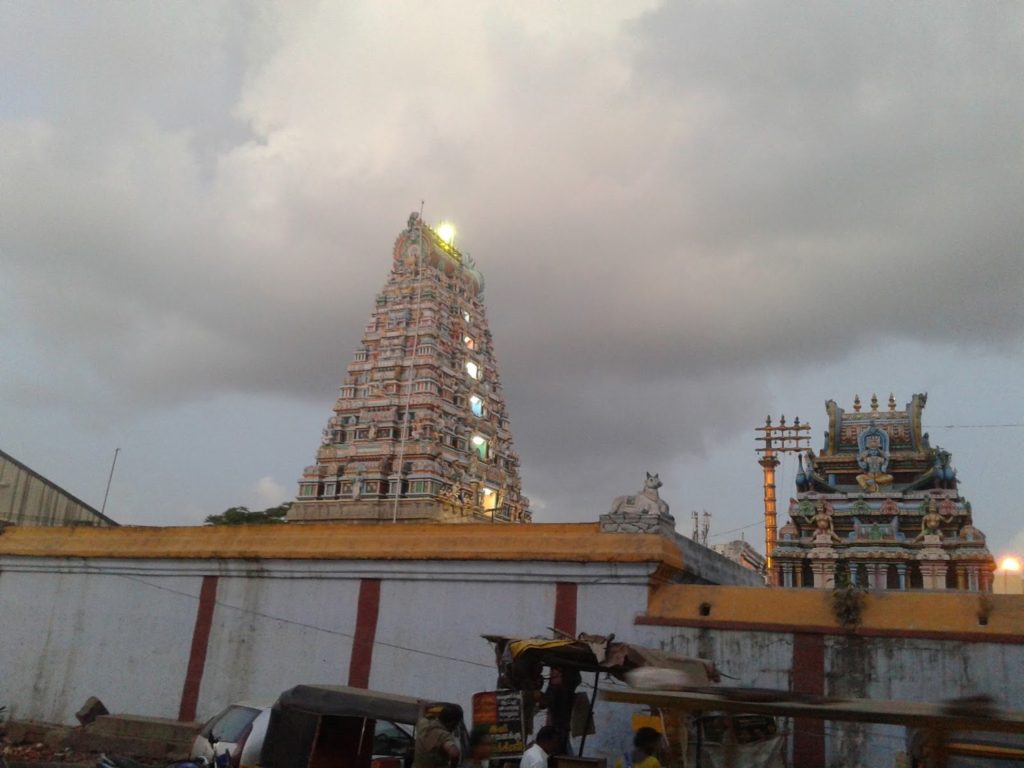
With eminent Rama Katha exponent Murari Bapu requesting the Prime Minister (on January 5) that a four-lane bridge be constructed from Dhanushkoti (Rameswaram) in Tamilnadu to SriLanka, Ram Setu is again in the news. The Congress – DMK combine tried to demolish Ram Setu in 2015. The same Nationalist forces led by RSS which spearheaded Ram Janmabhoomi campaign to victory sprang into action. An all-Bharat signature campaign calling upon government to protect Rama Setu resulted in collecting 35 lakh signatures which was submitted to the President of India.
Pressing the same demand, a protest fast was observed in over 71,000 places all over the country. Then followed Road Roko in over 5,400 places across the country in which 12,00,000 persons participated. the movement to protect Ram Setu assumed huge proportions when 20 lakh people participated in a conference to save Ram Setu held in in Delhi. At last, the Madras
High Court took note of the mood of Hindus AND POSED A QUESTION WHETHER RAM SETU CAN BE DECLARED AS A NATIONAL MONUMENT. The eerie design to destroy Ram setu in the name of an old proposal by name Setu Samudra Project was thus thwarted. Attempt to find alternative location for the project began.
Like the Ram Janmabhoomi movement, Ram’s Setu also was successfully saved by a movement generated in Tamilnadu. Adjacent to the Central railway Station in Chennai is the Victoria hall. Speaking at that venue Swami Vivekananda thundedred a 100 years ago: “I want root-and-branch reform. I do not dare to put myself in the position of God and dictate to our society, “This way thou shouldst move and not that.” I simply want to be like the squirrel in the building of Râma’s bridge, who was quite content to put on the bridge his little quota of sand-dust. That is my position. This wonderful national machine has worked through ages, this wonderful river of national life is flowing before us”.
Symbolising Bharat’s “national life” Ram Setu remains in tact for generations to see and be inspired like the Swamiji. More updates for Ram Setu: A study by the American TV channel ‘SCIENCE’ found that Ram Setu is not a natural formation, but it was built. The study calls Ram Setu as an “Ancient Land Bridge”. Scientific research by American archaeologists has concluded that the age of the rocks of Ram Setu are 7,000 years, but the sand on which these are seated is only 4,000 years old.
Moving forward again, it was reported on January 16, 2021 that the Archaeological Survey of India (ASI) has cleared a long pending research proposal involving the Ram Setu. The project involves an underwater exploration that is to determine the age of the Ram Setu and the process of its formation. The research will be initiated starting from this year itself.

